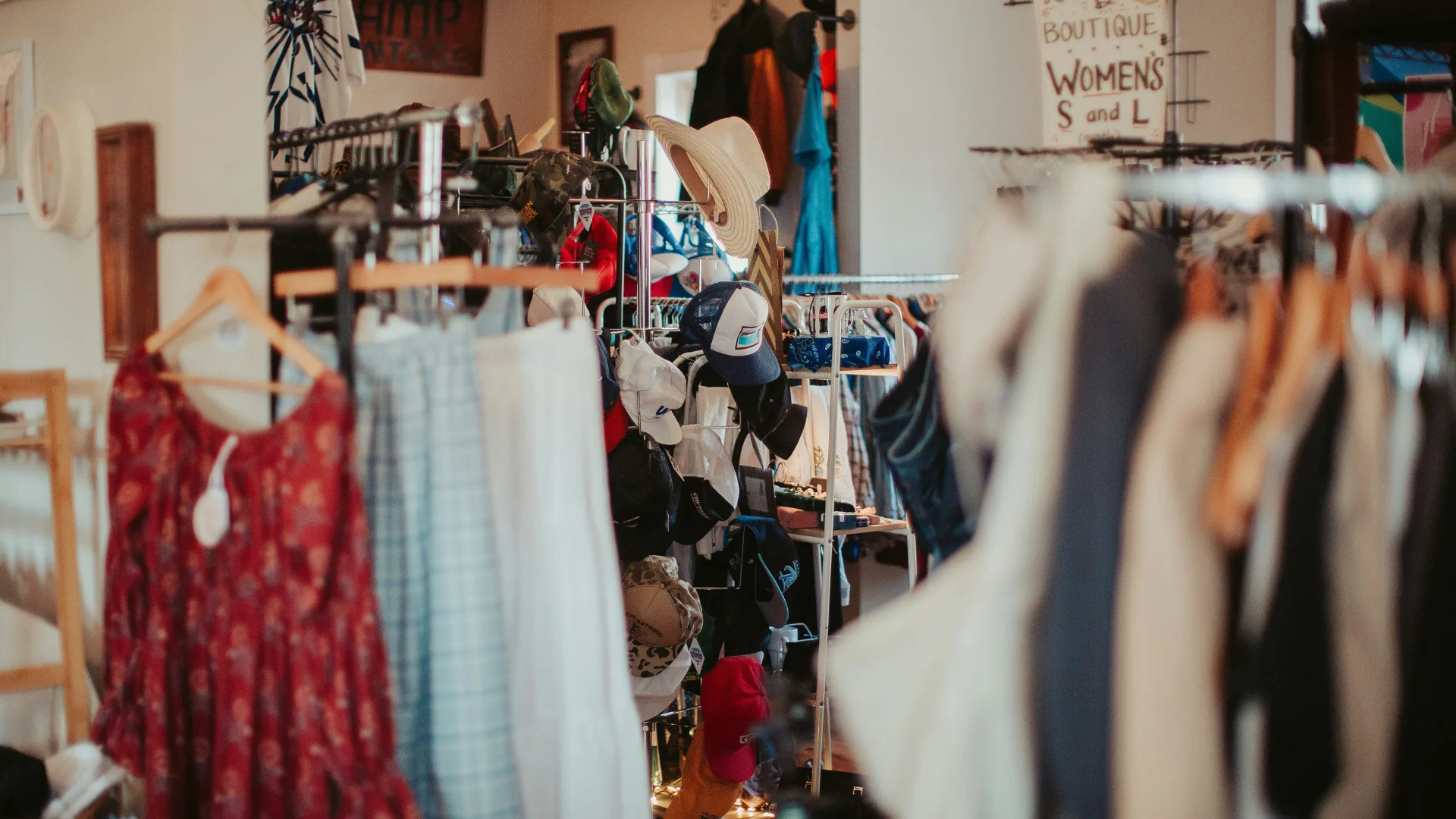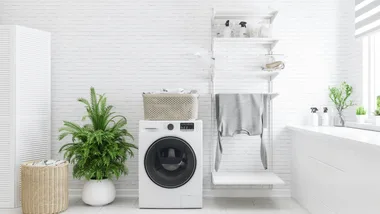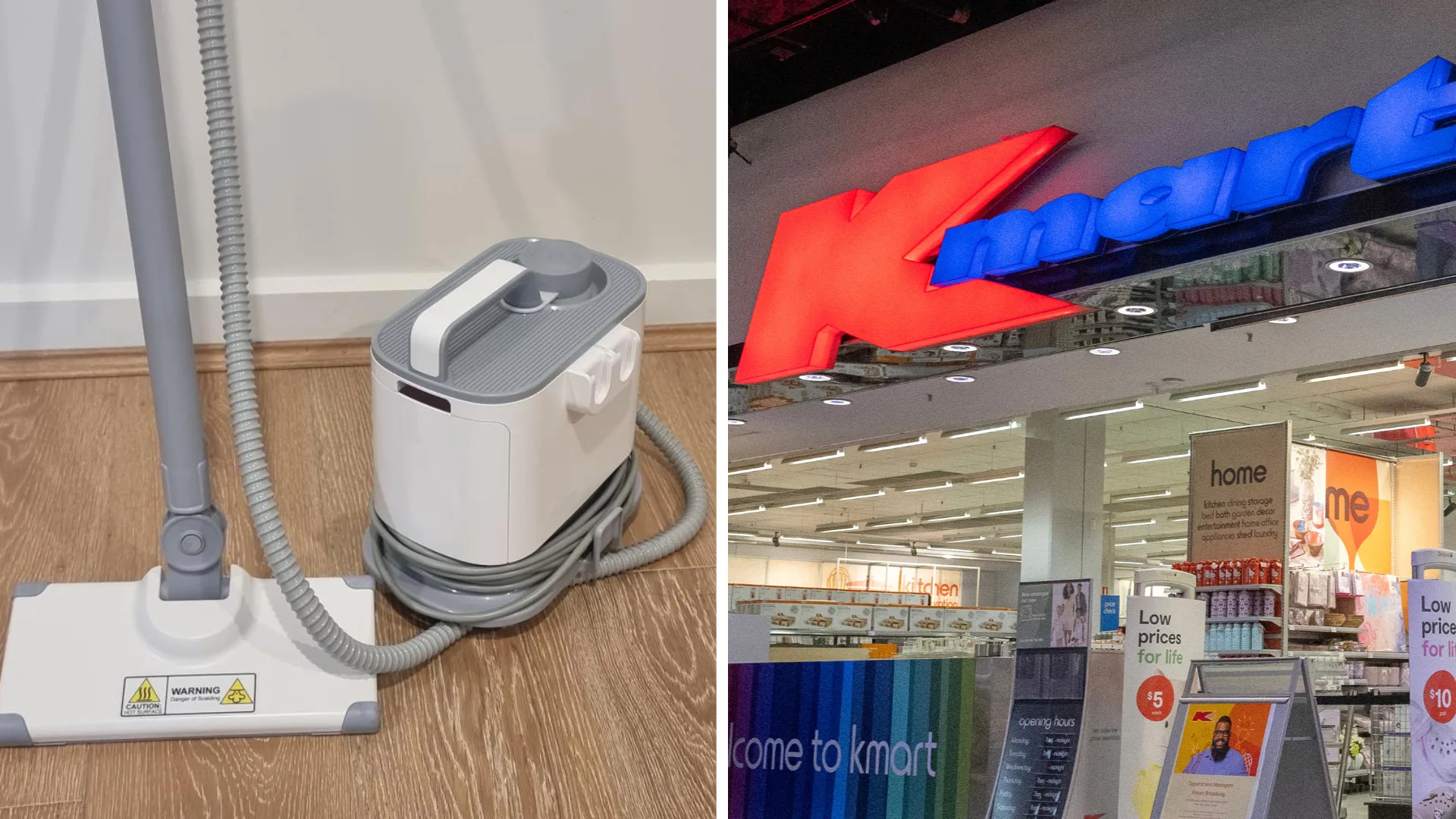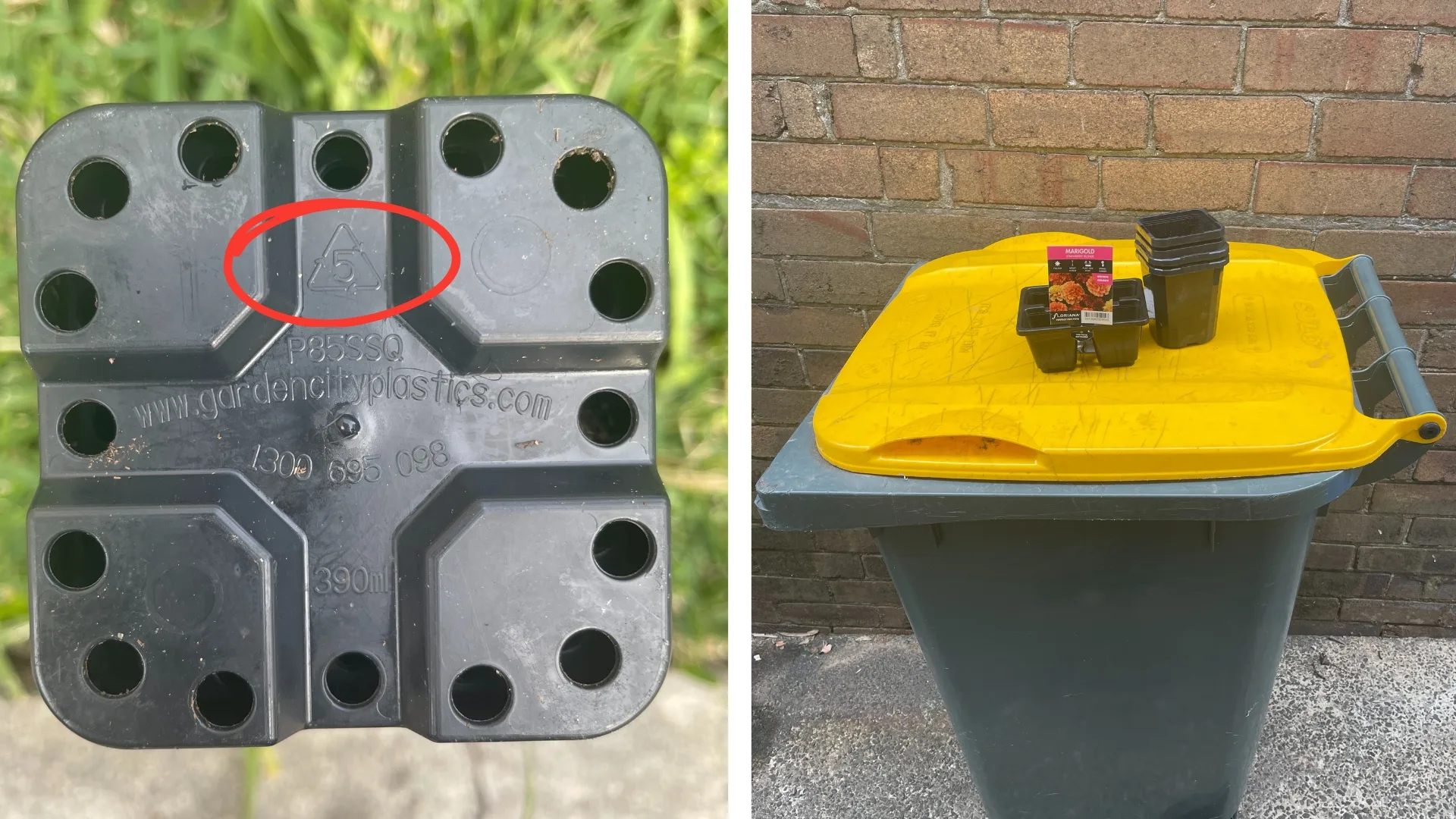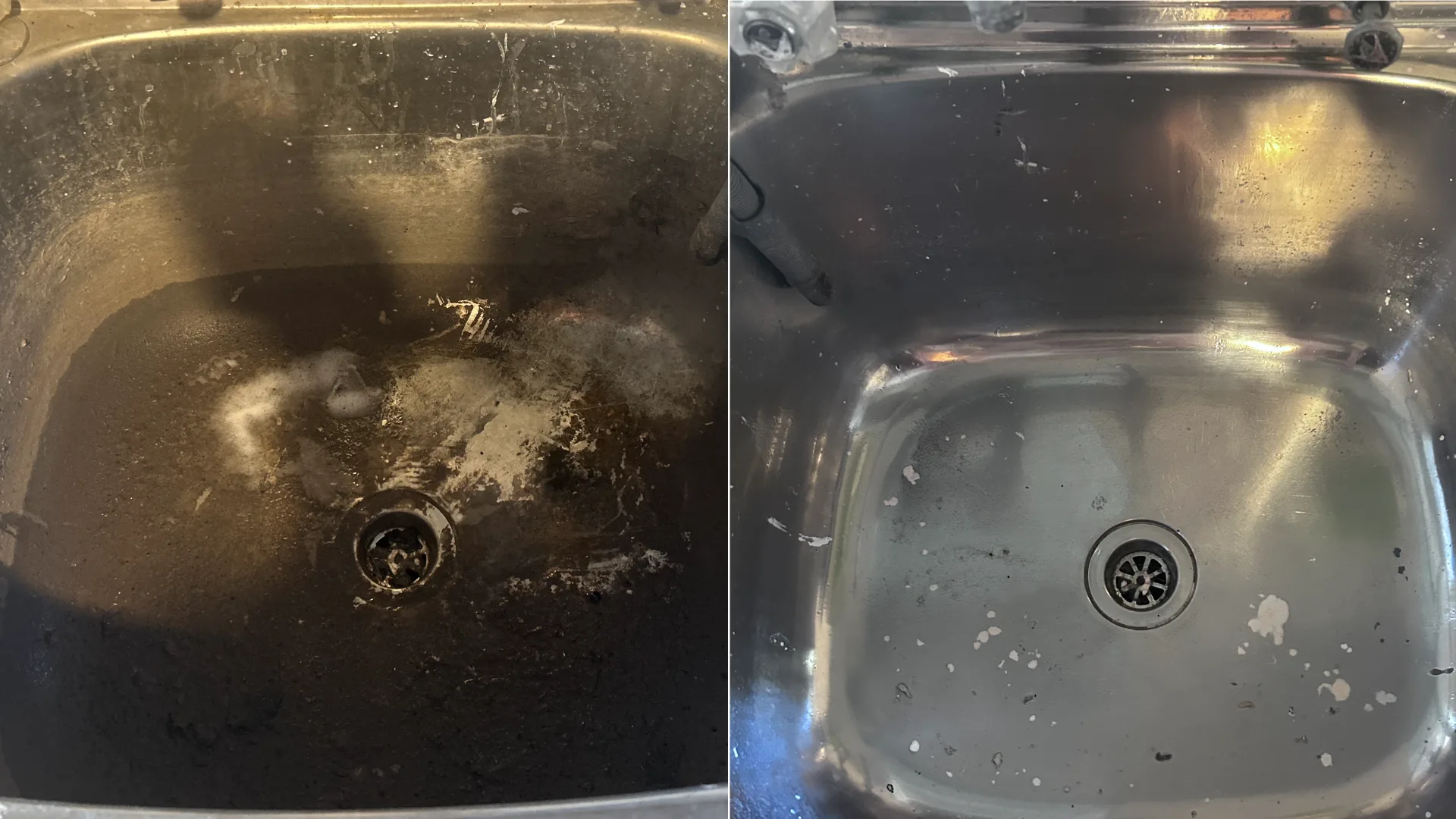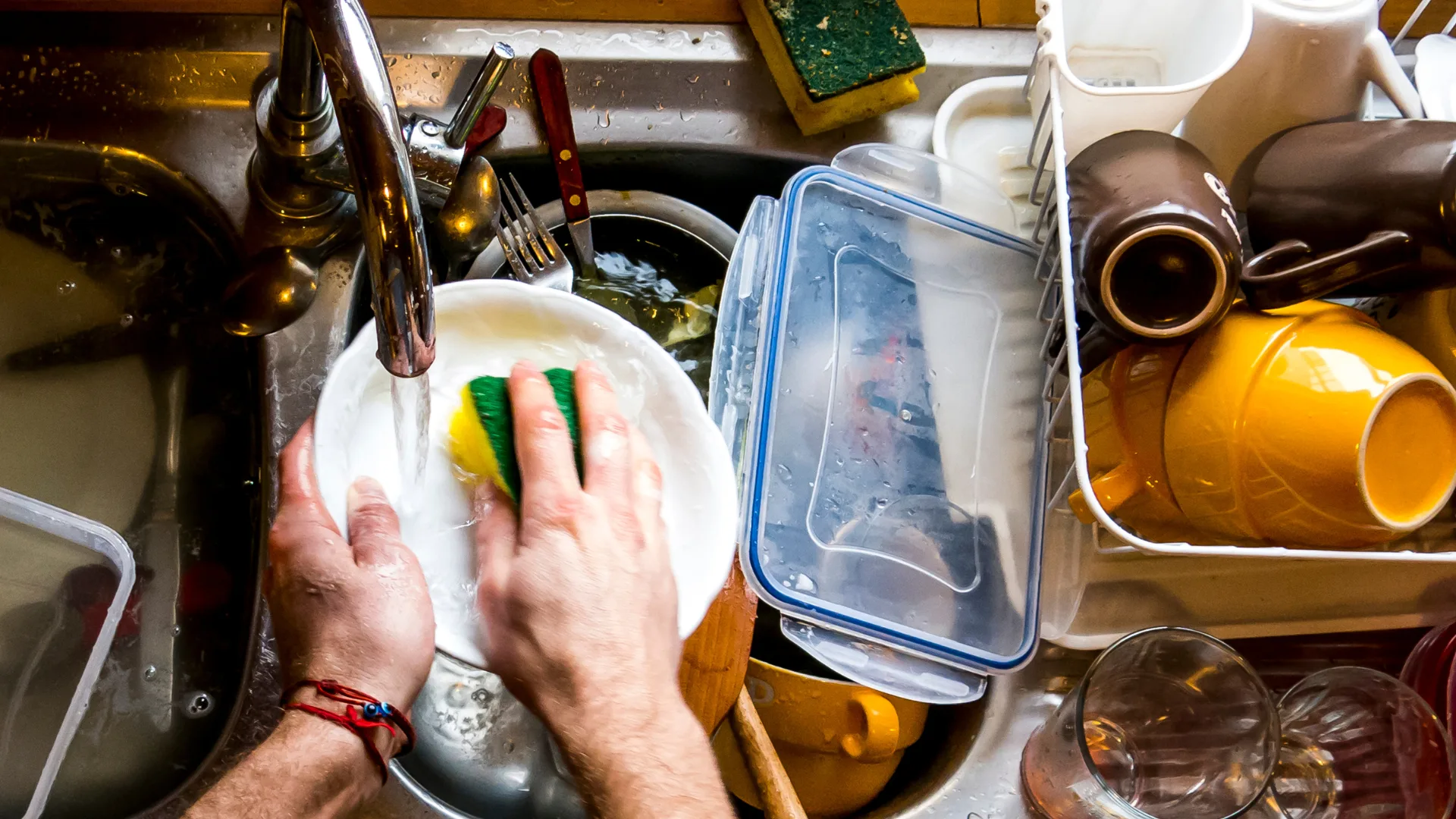Whether you’ve just lugged home a huge haul from your local thrift store or you’ve found the perfect vintage denim jacket from Depop, oftentimes there’s just a slight…aroma that comes with op shop clothes. Casually coined the ‘op shop smell’, getting rid of this so-called smell is actually more important than some may realise.
For some, washing second-hand (or even brand new) clothes before wearing them is just part of basic hygiene. While for some, popping on something ASAP from a successful op shop trip is a must. Whichever camp you fit in, we’re here to tell you that, yes, washing clothes before you wear them is important. But washing second-hand clothes is vital.
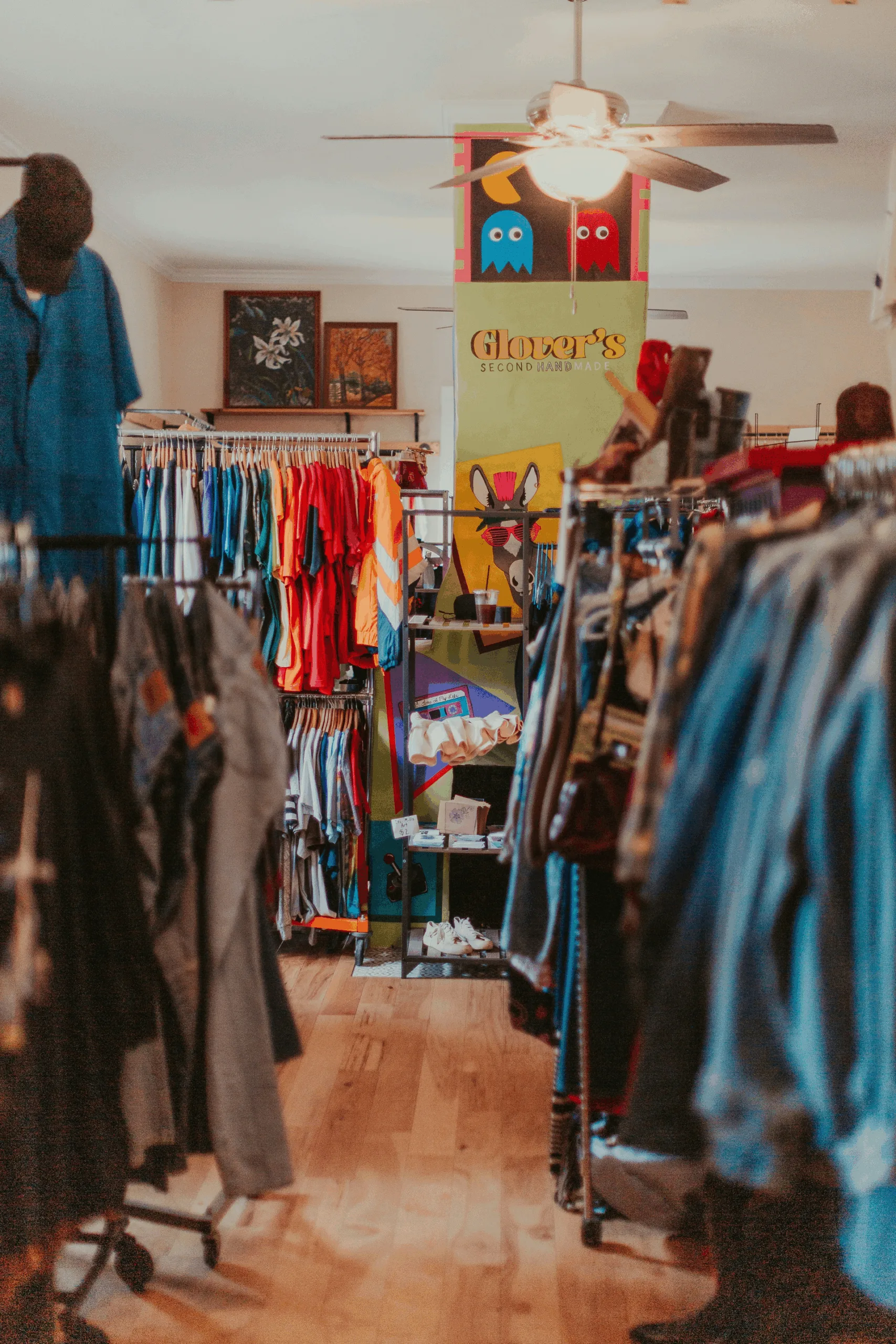
Is it okay to wear thrift store clothes without washing?
Ever wondered what that distinct op shop smell is in your clothes? Unfortunately, this signature op shop scent is far from a top-shelf niche cologne from Mecca. It’s a mix of lingering body oils, sweat, perfume, laundry detergents, and food that has lingered from their previous owners, as well as environmental factors like dust and mustiness that comes from sitting in an op shop in general.
With that in mind, it’s important to disinfect your op shop clothes properly first. And if the concoction of body oils, sweat, and old perfume hasn’t turned you off from popping that vintage tee straight onto your body, then perhaps knowing that clothing is actually a reservoir for many infectious diseases might help you change your mind.
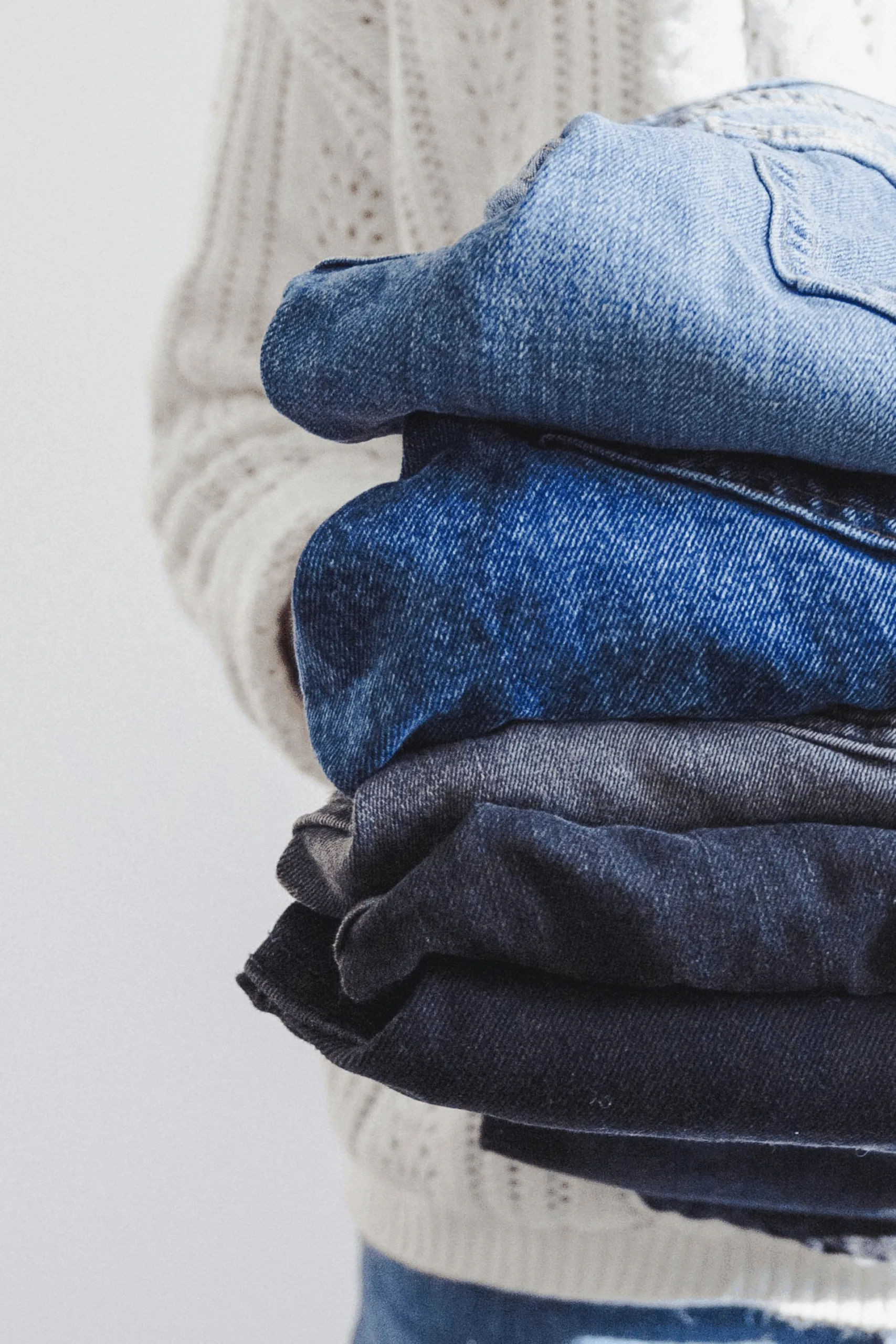
Our skin’s microbiome is made up of millions of bacteria, fungi and viruses, and every person’s skin microbiome is unique to them. Which means, what’s normal for one could be harmful to another. The original owner’s unique skin microbiome could still be lingering in your new thrift store find – especially if they weren’t properly cleaned and disinfected before selling.
While it’s hard to measure the actual risk of wearing second-hand clothes without washing (as everyone reacts differently), ensuring you’re disinfecting your second-hand clothes properly and ultimately getting rid of that signature op shop smell from your clothes is a great precautionary step to take. And for us, it’s pretty much a non-negotiable.
Our advice? Wash and disinfect your second-hand purchases effectively to save yourself the headache.
How do you wash clothes from thrift stores (a step-by-step guide)
We all know how to wash our clothes (hopefully), but you’ll want to put a bit more love and care to washing your thrift store finds – especially for the first time.
1. Check care labels
The last thing you want to is to ruin your 100% silk top by putting it through a dryer. That’s why you should always check the care labels attached to your piece of clothing as a first step. Make note of whether you can wash it with warm water or if it is suitable for steaming, ironing, or tumble drying. If you’re working with delicate fabrics like silk or wool, you may need to use specialty detergents.
2. Wash second-hand clothes separately
It’s best to wash your second-hand clothes in silo from your regular load. This is to avoid cross-contamination.
3. Let it soak
Now you’ve gathered your second-hand clothes, plug the laundry sink (or use a bucket) and fill it up with warm water. Mix in anti-bacterial laundry detergent (normal detergent won’t work as well), and let your clothes soak for two hours. This will ensure grime, germs, and inactive pathogens that are lingering in the clothes are eliminated.
You can also add in a sprinkle of baking soda to the mix (a household cleaning staple) if you think your clothes need the extra help.
4. Pop it in the washing machine
After soaking, follow with a regular machine wash – using an odour-neutralising detergent in this step is also a good idea. Pop in 1/2 a cup of white vinegar to the fabric softener dispenser to further neutralise lingering scents and odours. And if your garments can handle it, make sure its a warm cycle in the machine, too.
5. Tumble dry or steam iron (if applicable)
Again, if your garments can handle it, popping it through a hot tumble dryer or passing it through a steam iron (that reaches temperatures of around 60°C) will help kill any of the stubborn pathogens that are still lingering. If tumble drying is not an option, let your clothes air dry outdoors for the sun to naturally freshen them up.
